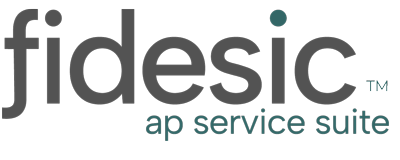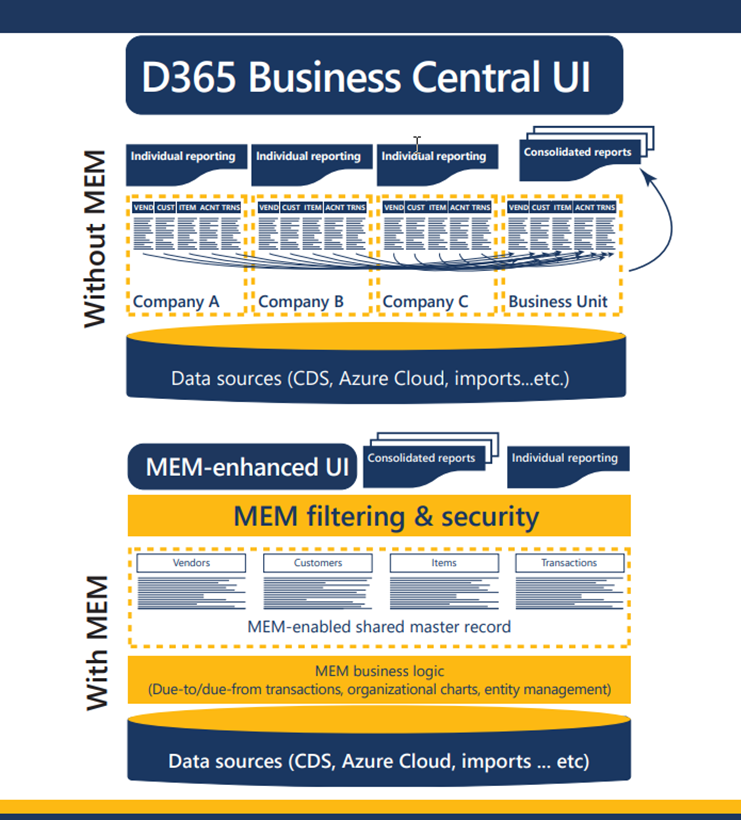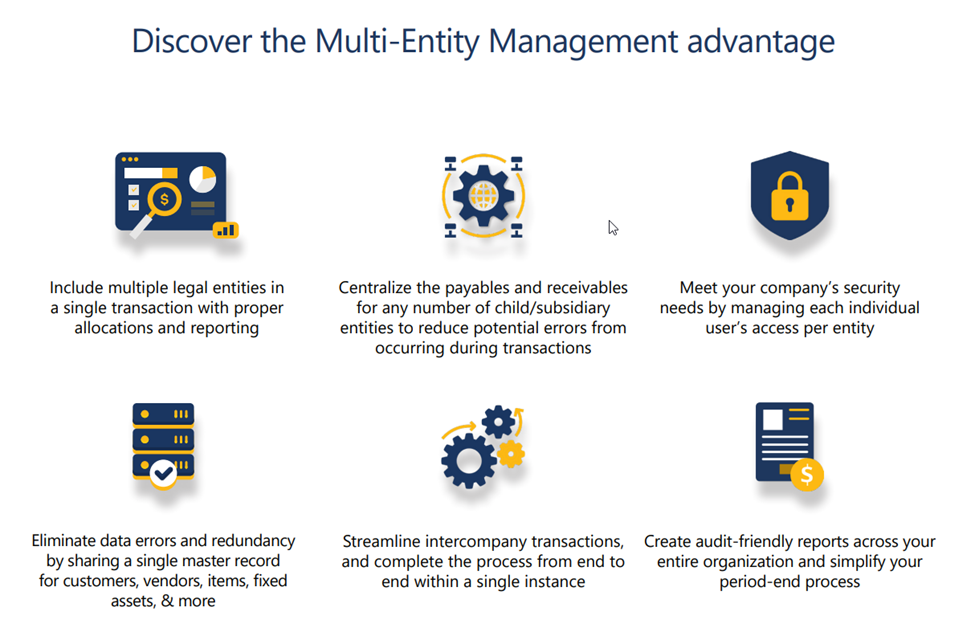Handling Multiple Companies and Entities inside Business Central (BC)
By Shannon Mullins, A BC Consulting Group
Handling Multiple Companies inside Business Central (BC): The Difference between multiple companies and multi-entity management (MEM)
With the new release of Microsoft Dynamics 365 Business Central (BC), Microsoft has released new features to replicate master data between multiple companies inside a single BC environment with the use of job queues. This makes for easier company creation when you need to create a new company inside Dynamics 365 BC. However, there is a much easier way to handle multiple companies inside Dynamics BC.
Multiple Companies without MEM
BC has always handled multiple companies within the same environment and localization. User can create a new company shell within minutes and with the new replication tool, sync the master data and then create intercompany accounts between the company units. This works well for companies with just a small handful of companies.
There are several issues with this method as companies quickly expand and grow to 100s of company units. Especially if some of those units are not just core financial, they are running Distribution, Manufacturing, Jobs, or Service. This does not include the use of any other apps for Business Central. IT users and partners are having to spend major time recreating the setup and configuration of all the other components inside BC and the other apps. This method is also going to require users to log in and log out of each company does not allow for centralized banking, AR, or AP, and requires a lot of extra time for users to transact.
Multi-Entity Management (MEM)
About 10 years ago, I was implementing Dynamics Great Plains (GP) and found and fell in love with a product from the ISV Vendor, Binary Stream, called Multi-Entity Management (MEM). MEM allowed users to create unlimited legal entities in one company inside Dynamics GP. It also included the following features that were not allowed with just multiple companies:
-
One chart of accounts and segments
-
Advanced Intercompany features, including intercompany bridge between two databases, both with multiple entities
-
Shared system and company setup
-
Shared Vendors with entity security
-
Shared Customers with entity security
-
Shared Items with Entity Security
-
Entity/Location associations
-
Segment all transactions by the entity to quickly filter by that company’s entity transactions.
-
W9s reported per entity
-
Consolidated financial, data, and trial balance reports.
-
User Security by the entity: users can see all entities or just one entity.
-
Different invoice, order confirmation, quote, and PO forms by an entity
-
Different bank formats per entity
-
Centralized banking, AR, and AP
-
One API data connection to Azure data lake, Power BI, Power Automate, Etc.
Fast forward to five or six years ago, when Binary Stream became innovative and knew the future of Dynamics sales and decided to build the same product for the future Dynamics product: Dynamics 365 Business Central (BC) cloud ERP. With the build inside of Business Central, users received more efficient and effective transaction processing, easier filtering, and ease of use, and all the other great features provided by Microsoft inside BC cloud.
With MEM inside of BC, we have helped clients quickly implement dozens to hundreds of entities in a single database. When a new company or location is going to start, the setup is very minimal and usually can be done in less than a day. Users can quickly begin transacting within the same database within a matter of minutes and have no need to switch between entities and companies. This is a major benefit to healthcare providers with multiple locations, real estate property management, manufacturing facilities with dozens of locations, franchises, retail locations, sports teams, professional services organizations with lots of locations, and more.






